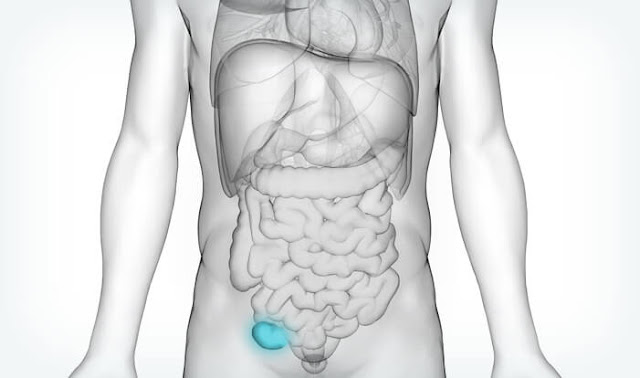Understanding Hernias: Location, Symptoms, and Treatment
Hernias are a common medical condition that can affect people of all ages and genders. Understanding the location of a hernia, along with its symptoms and treatment options, is crucial for effective management and improved quality of life. In this comprehensive guide, we'll explore the various locations where hernias can occur, the symptoms they may cause, and the available treatment options.
What Is a Hernia?
A hernia occurs when an organ or tissue protrudes through a weak spot in the surrounding muscle or connective tissue, creating a bulge or lump. Hernias can develop in various areas of the body, with the most common types including inguinal hernias (in the groin), umbilical hernias (around the belly button), and hiatal hernias (in the upper stomach). Less common types include femoral hernias (in the thigh) and incisional hernias (at the site of a previous surgical incision).
Locations of Hernias
Inguinal Hernias: Inguinal hernias are the most common type of hernia and occur in the groin area. They can develop on either side of the pubic bone and may cause a noticeable bulge or lump in the groin region, which may become more prominent when coughing or straining.
Umbilical Hernias: Umbilical hernias occur around the belly button (umbilicus) and are more common in infants and newborns. They present as a protrusion or bulge near the navel and may vary in size. Umbilical hernias typically result from a weakness in the abdominal wall muscles.
Hiatal Hernias: Hiatal hernias occur when part of the stomach protrudes through the diaphragm into the chest cavity. They are often associated with gastroesophageal reflux disease (GERD) and may cause symptoms such as heartburn, chest pain, difficulty swallowing, and regurgitation of stomach acid into the esophagus.
Femoral Hernias: Femoral hernias occur in the upper thigh, just below the groin crease. They are more common in women and may present as a bulge or lump in the groin area, similar to inguinal hernias.
Incisional Hernias: Incisional hernias develop at the site of a previous surgical incision, typically due to a weakness in the abdominal wall. They may occur months or years after surgery and present as a bulge or protrusion near the scar tissue.
Symptoms of Hernias
The symptoms of a hernia may vary depending on its location and severity but may include:
- A visible bulge or lump in the affected area
- Pain or discomfort, especially when coughing, lifting heavy objects, or straining during bowel movements
- Pressure or aching sensation in the abdomen or groin
- Nausea, vomiting, or difficulty passing stools (in severe cases)
Treatment Options
Treatment for a hernia depends on its size, location, and symptoms. In many cases, small hernias may not require immediate treatment and can be managed with watchful waiting and lifestyle modifications. However, larger or symptomatic hernias may require surgical repair to prevent complications such as incarceration or strangulation, which can cut off blood supply to the affected organ or tissue.
Surgical options for hernia repair include traditional open surgery and minimally invasive laparoscopic surgery. During hernia repair surgery, the protruding organ or tissue is pushed back into place, and the weakened abdominal wall is repaired using sutures, mesh, or other reinforcement techniques.
Conclusion
Hernias can occur in various locations throughout the body, with the most common types affecting the groin, abdomen, and upper stomach. While hernias may cause discomfort and inconvenience, they are often treatable with appropriate medical intervention.
By understanding the location of a hernia, along with its symptoms and treatment options, individuals can take proactive steps to manage their condition and improve their quality of life. If you suspect you have a hernia or are experiencing symptoms, consult a healthcare professional for proper evaluation and treatment.
Remember, early
intervention is key to preventing complications and achieving optimal outcomes.




Comments
Post a Comment